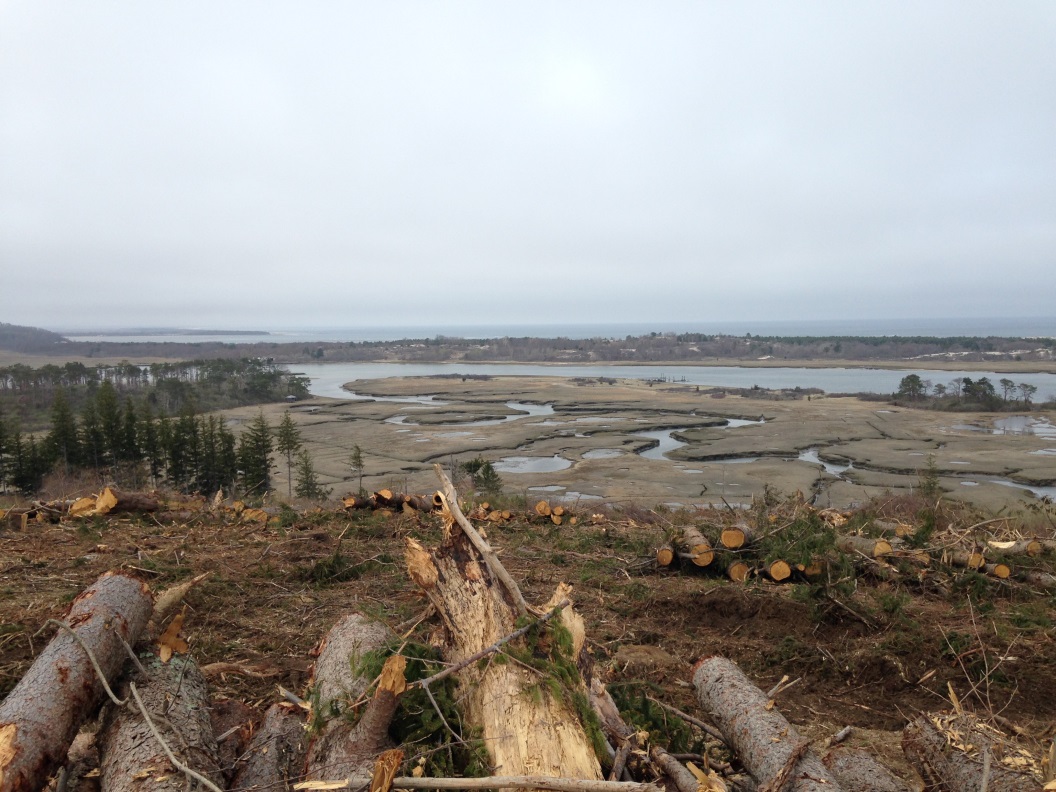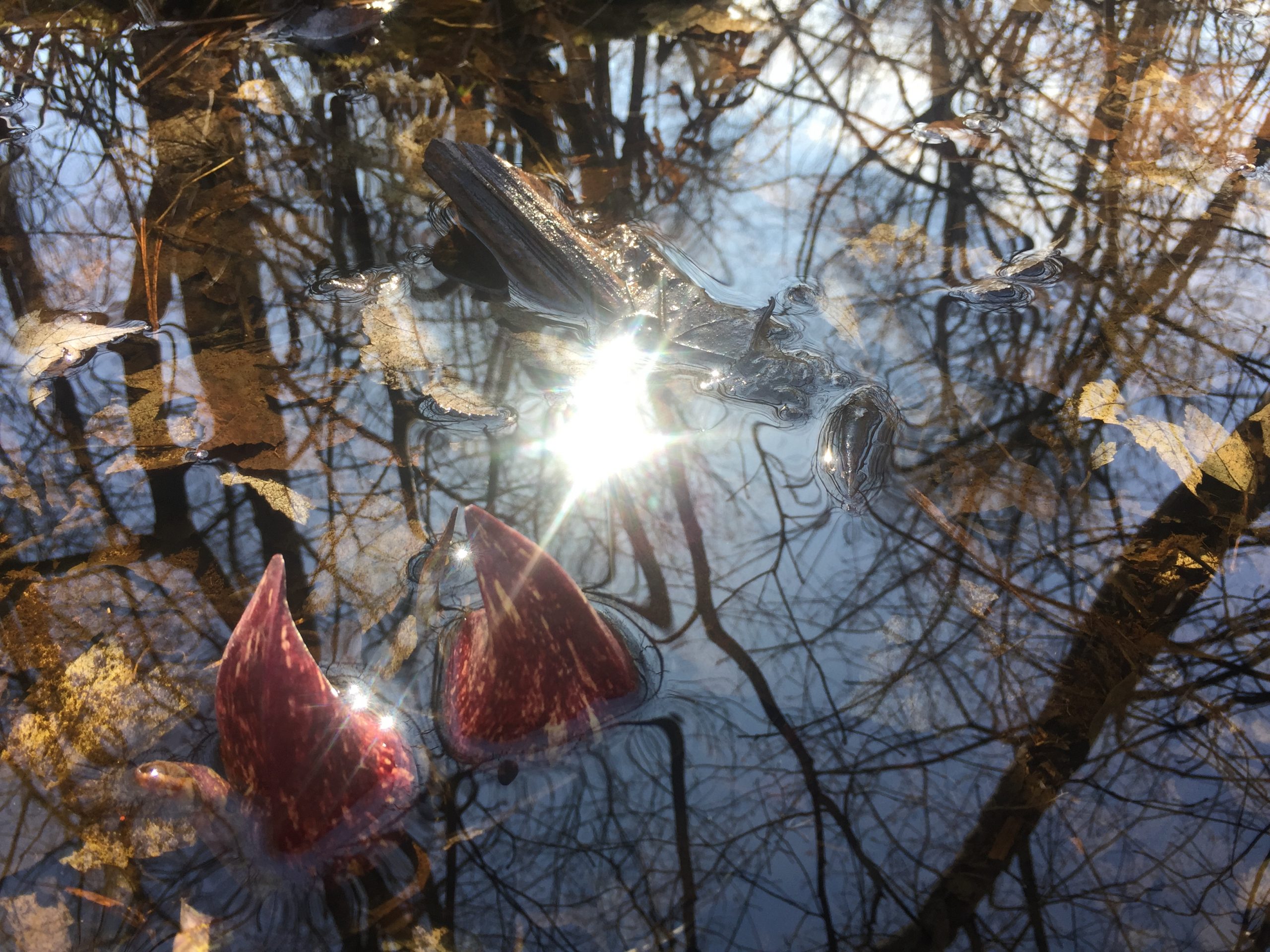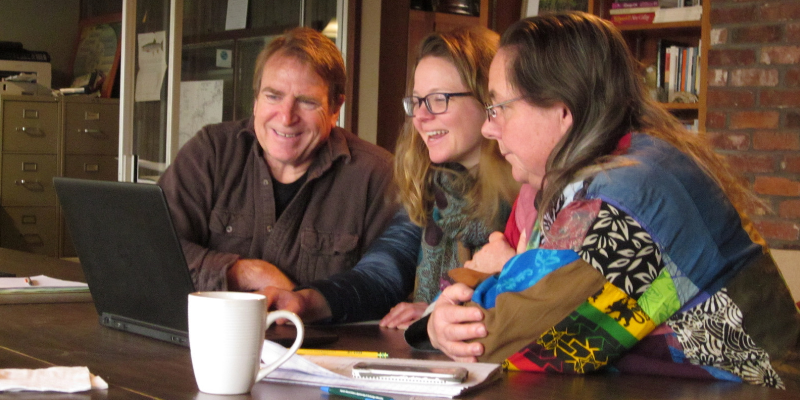The Essex Historical Society and Shipbuilding Museum (EHSSM), is a unique institution nestled along the…

Choate Island Forest Clearing Project
The Trustees, in conjunction with the Massachusetts Division of Fisheries and Wildlife and with funding from the North American Wetland Conservation Act (NAWCA) and the Wildlife Management Institute, have cleared 30 acres of old spruce plantation on Choate Island at the center of the Essex River Estuary for shrubland and young forest habitat.
When Richard T. Crane, Jr. acquired the property in 1917 as part of the Crane Estate, the island had been logged for timber, farmed, and grazed for over 200 years. His son, Cornelius, later planted 95 acres of spruce and pine forests on Choate Island. The most common tree planted was Norway spruce, a species native to Europe.
In recent years severe storms have leveled almost half of the nearly 100 year old forest. These blowdowns prevent access by blocking roads and trails and frequently result in surface disturbance as soil and rocks are uprooted. Furthermore, since the Norway spruce are not reproducing, invasive plants are benefiting greatly from this disturbance and bittersweet, porcelain berry and morrows honeysuckle have dominated blowdown areas. The projection is for the rest of this forest to blowdown with climate change adding to the intensity and frequency of storms.
To prevent further blowdowns, and the legacy they leave behind, the Trustees have proactively removed 30 acres of the planted forest on the northern half of the island. In turn, this will benefit many species of conservation concern including the American black duck through the creation of shrubland habitat near the salt marsh. Other species that will benefit include smooth green snake, American woodcock, Eastern towhee, native pollinators and fall migrating birds as they stop to feed on the abundant fruit that will be produced as native plants become established.
By Russ Hopping, Ecology Program Director for the Trustees




Comments (0)